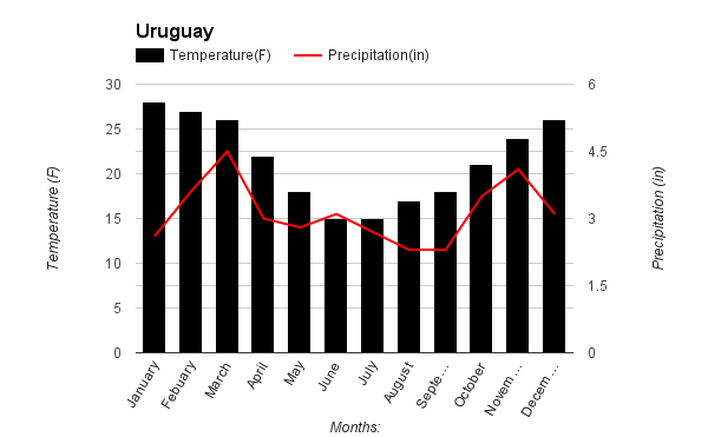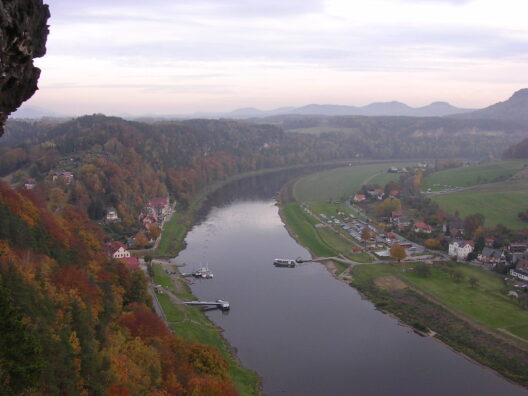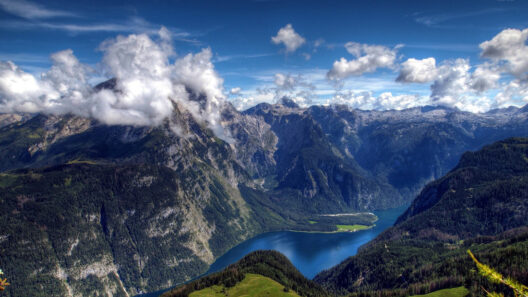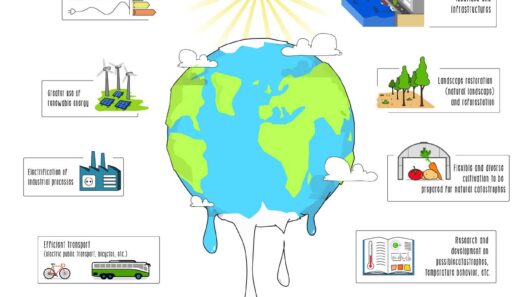The climate in Uruguay is a subject that evokes curiosity and admiration, reflecting a unique interplay between the Atlantic Ocean and the temperate zones of South America. This small yet vibrant country, nestled between Argentina and Brazil, presents a striking example of how geographical features shape weather patterns and, consequently, the lifestyle of its inhabitants.
Uruguay experiences a predominantly temperate maritime climate, characterized by mild temperatures and plentiful precipitation. This climatic disposition is largely dictated by its geographical location. The vast expanse of the ocean moderates temperatures, leading to relatively cool summers and mild winters. Such a climate is a stark contrast to the more extreme weather patterns found in other regions of the continent.
Summers in Uruguay tend to be warm, with average temperatures hovering around 25°C (77°F) during the day, but coastal areas often enjoy a refreshing breeze that tempers the heat. The coastal cities, particularly Montevideo and Punta del Este, are particularly favored by both locals and tourists during this season. The prevalence of warm, clear days invites a plethora of outdoor activities: beach outings, water sports, and vivacious festivals are customary as Uruguayans relish in the sun-drenched days.
In stark contrast, winters in Uruguay bring about a cooler atmosphere, but temperatures are seldom severe. Average daytime temperatures can dip to around 10°C (50°F), while nighttime can be a bit chillier. Snowfall is rare, but the crisp air invigorates the senses, fostering a different rhythm of life as residents adapt to the colder months. This period often signifies a time for cozy indoor activities, culinary gatherings, and an array of wine tastings that showcase Uruguay’s burgeoning wine industry.
Precipitation in Uruguay is fairly evenly distributed throughout the year, which allows for lush landscapes and fertile farming regions. The southeastern regions receive slightly more rainfall, fostering a diverse ecosystem that supports agriculture, particularly the cultivation of grains, fruits, and, notably, the famed Uruguayan beef. This characteristic belies the agricultural prosperity that has been cultivated over generations, thanks in part to the temperate climate.
The environmental ramifications of climate patterns in Uruguay are also integral to understanding the nation’s ecological identity. The country’s climate has allowed the preservation of a rich biodiversity, including unique flora and fauna. Uruguay is home to a variety of ecosystems—ranging from wetlands and coastal dunes to grasslands and forests. These areas serve as vital habitats for diverse species, underscoring the importance of sustainable practices to protect these lush environments.
Climate change poses a tangible threat to Uruguay, as it does globally. Rising temperatures and shifting precipitation patterns could jeopardize the stability of its agricultural output, a cornerstone of Uruguay’s economy. Increased frequency of extreme weather events, such as floods and droughts, has the potential to disrupt vital ecosystems and livelihoods. Hence, there is an urgent need for a shift in perspective; understanding climate is not merely about acknowledging weather patterns but recognizing the profound interconnectedness of climate with agriculture, biodiversity, and even culture.
An intriguing aspect of the Uruguayan climate is its seasonal variations. Though the four seasons are somewhat subtle, they nonetheless inspire a cultural appreciation for the cyclic nature of life. This can be seen in the country’s traditional festivities, which tend to align with seasonal changes, from springtime parades to autumn wine festivals. By embracing such celebrations, Uruguayans reinforce their relationship with the land, fostering a deeper respect for their environment.
The coastal winds play a crucial role in defining Uruguay’s climate, imbuing the air with a refreshing quality that tempts visitors to explore the picturesque landscapes. This wind, a product of the Atlantic breezes converging with the land, is not only a comfort during the heat of summer but also serves as a source of inspiration for many artists and writers drawn to the country. The interplay of ocean and land infuses the atmosphere with a palpable vibrancy that ignites creativity and reflects the duality of nature’s influence.
As one ventures beyond the bustling cities, they are greeted by the unspoiled beauty of Uruguay’s countryside, where the climate nurtures rolling hills and expansive estancias. Travelers often find themselves enamored with the tranquil landscapes dotted with grazing cattle, a testament to the country’s deep agricultural roots. The gentle climate facilitates sustainable farming practices, fostering a burgeoning movement towards environmental stewardship and organic agriculture.
In summary, Uruguay’s climate is an enchanting tapestry woven from mild temperatures, consistent rainfall, and refreshing coastal breezes. It harbors not only economic vitality through agriculture and tourism but also enriched ecosystems and vibrant cultural celebrations. However, it is incumbent upon all who inhabit this landscape to acknowledge the challenges presented by climate change. By fostering sustainable practices and adopting a mindful relationship with the environment, Uruguayans can continue to thrive in this temperate paradise that they call home. As such, the exploration of Uruguay’s climate is not just an invitation to bask in its mild coastal breezes but a call to champion ecological consciousness in the face of looming global challenges.








